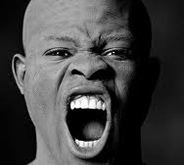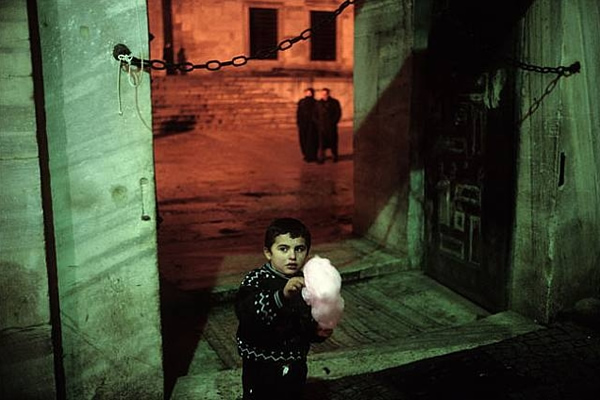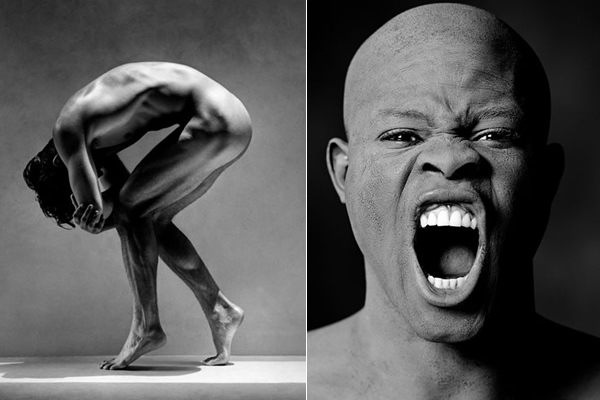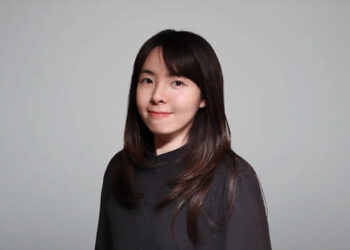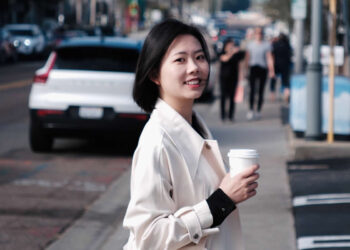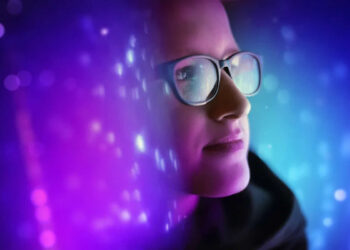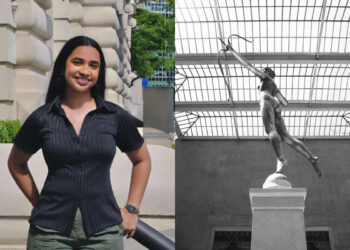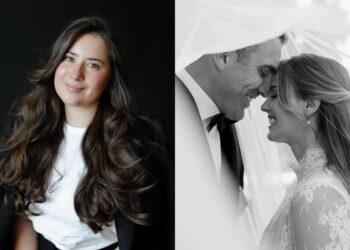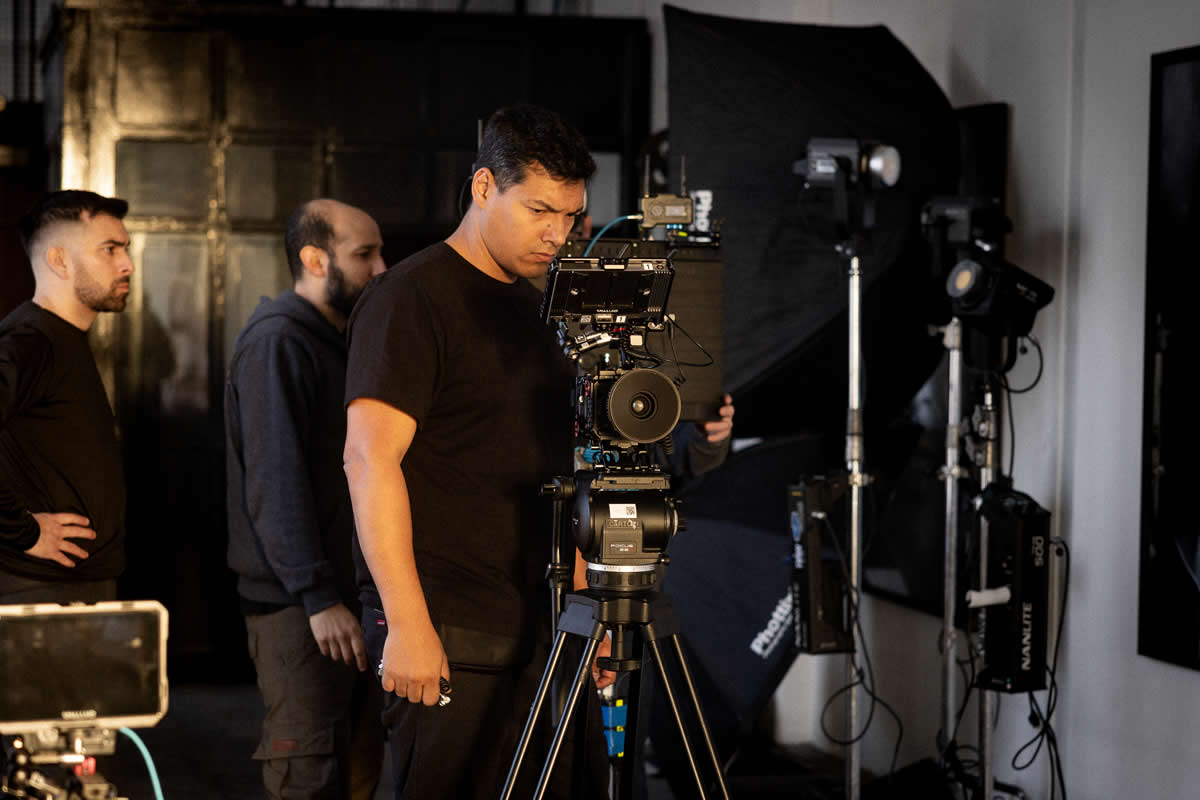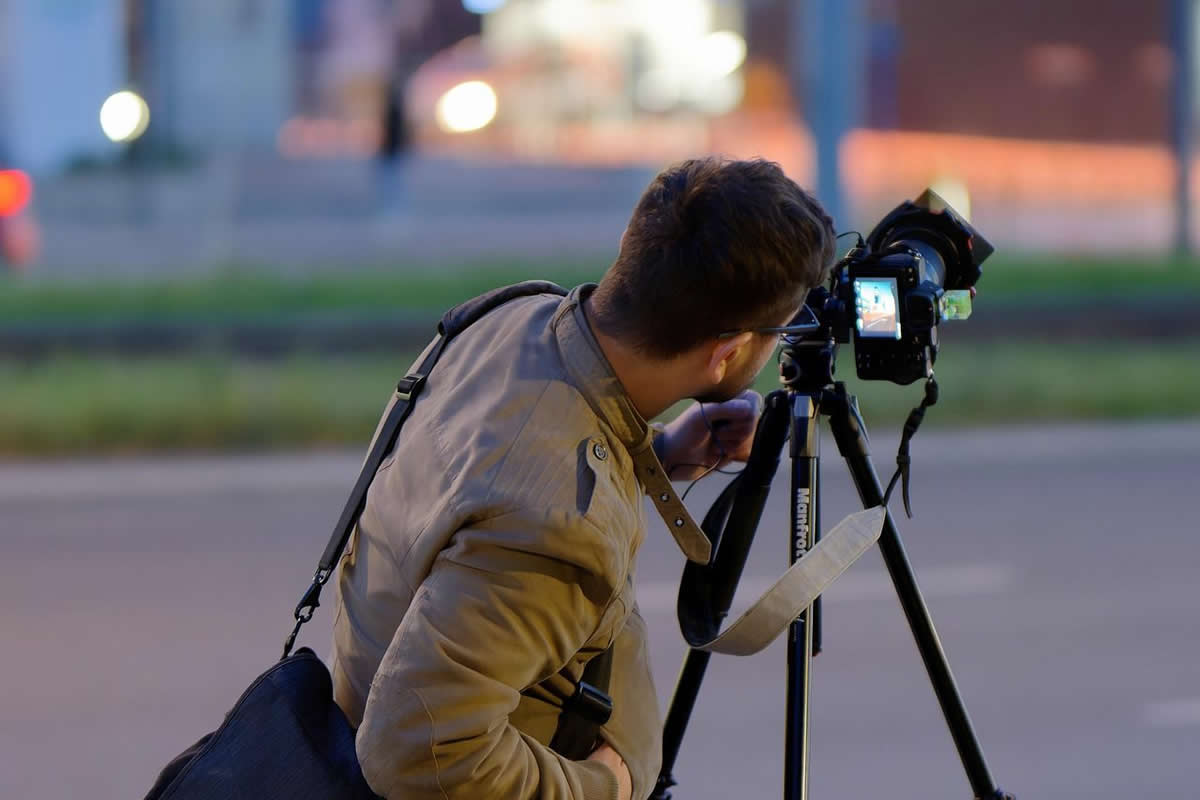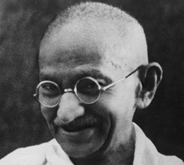Steve McCurry’s Q & A
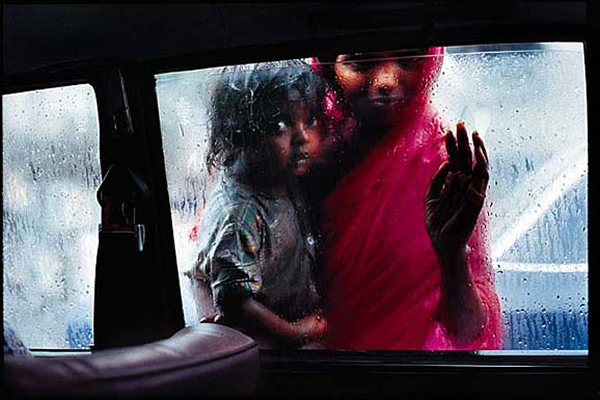
1) How to become a Photographer?
When people ask me how they can become a photographer, I almost never mention cameras, lenses, or technique.
I say, ‘If you want to be a photographer, first leave home.’ As Paul Theroux, a great writer and friend, further advises, “Go as far as you can. Become a stranger in a strange land. Acquire humility.
Leaving home really means that the photographer (or writer) has to wander, observe, and to paraphrase Theroux, concentrate on people in their landscape. That is what I try to achieve in my pictures.
2) What Inspires you?
What inspires me? Henri Cartier Bresson’s work has been an inspiration to me, but people living their everyday lives inspire me too.
Fishermen cleaning nets, families sharing meals and celebrations, artisans crafting their wares, nomads continually on the move; even the most seemingly mundane activities can be inspirational when you look beneath the surface.
People ask me how I can identify the best moment to take a photograph. I tell them that it is intuitive and reflexive. You’re never sure of the moment because you’re always looking and anticipating. You’re never quite sure when the moment is right, because it can either peak or evaporate.
3) What makes the good picture stand out from the average?
If we look at the photographers whose work we admire, we see that they’ve found a particular place, theme, or subject, dug deep into it, and carved out something that’s become special. That takes a lot of time and a lot of work; it’s not for everyone. A great photograph really needs to say something about a person or give some insight into their life or how their life is different than yours and mine. A good picture makes us curious and makes us want to know more.
From Gautam Rajadhyaksha’s Interview
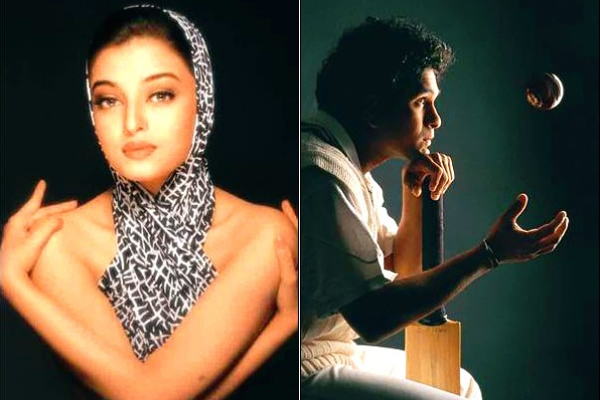
4) What does photography mean to you?
Some may call it an abstract way of self expression and all of that but for me, photography is my conversation with someone. If the subject is caught well, the photograph will communicate in the same way to the viewers as well. Photography for me means that the camera freezes the fragment of the time I have spent with that particular person. This may sound strange but I actually remember all my shoots. Like I remember this one time when Lata and Asha had come for a shoot and Lata cracked a joke on me and I captured the moment when both of them burst out laughing. It is a wonderful photograph.
The camera has been instrumental in my life in making friends with people from different walks of life. I have different relations with different people as per their interests and what makes them comfortable.
From Elliott Erwitt’s Interview
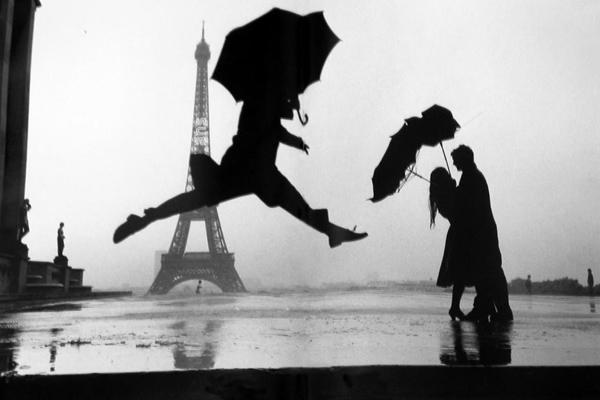
5) One of today’s main discussion points amongst photographers is about the use of digital photography; do you use digital cameras?
I do use digital cameras – but only for assigned work; for my own work, I don’t.
A digital camera is a lot more practical and more convenient than film when you have to deliver a project. But digital manipulation is something else. In ‘real’ photography, of course, it’s an abomination, but when you’re selling automobiles or cornflakes, it’s perfectly ok. “Real” photography is about what is; the special thing about photography is what you see, not what you conjure up. That’s quite foreign to photography in my view.
From Alex Webb’s Interview
6) What is the influence of digital technology on your photography?
What has influenced me in terms of digital technology is the technique of printing. These photographs are printed with a lambda or light-jet machine, which produces a print on photographic paper but it is written from a scan with a laser. For me what it means is that you have much, much more control over color than in the darkroom. I used to make cibachromes, and it was just a huge struggle. You had to make special masks, specifically to control reds, because reds in cibachrome go crazy. With this technique you make a really high-res scan and I work with a printer to control certain things I do with Photoshop. I make a test print and I go in and say “This needs a little more magenta, we need a little more contrast here,” and so forth. Then I come back after few days and after several proof prints we have it right. For me, digital technology has utterly transformed the process of printing and it has made it much closer and much more personal in many ways, because it is much more like the way I used to work in the darkroom as a black-and-white photographer. I love that. I am really excited about prints in a way that I was not before. It is also easier to make larger prints. This show is all this size, but I also make larger prints for certain shows. For certain pictures, they really get another kind of presence as an object when you make them larger.
From Greg Gorman’s Interview
7) How important is it for a photographer to “connect” with his subjects to bring out their true self?
The most important part about photographing a person is winning their trust and confidence. Being able to come up or down to one’s level to ensure a strong communication is what it takes to honestly connect with a person.
8. Can you walk us through the actual process that you use to set up a portrait?
A portrait session begins by a subject booking me. I do some initial homework prior to the shoot and research from a physical and mental point of view. Based on the purpose and nature of the shoot, I book hair, makeup and appropriate wardrobe styling. Issues involving diet that affect the meals catered are then addressed. Locations are dictated by the nature of the shoot. So I either use my own studio or book another studio space or exterior location.
On the day of the shoot when the talent arrives to be photographed, I spend a lot of time with them during hair and makeup and the wardrobe selection. All the while, I dissect every angle, looking at facial features, jaw lines, hairlines and weight. I use this as the basis for my lighting solutions to best enhance the better features and to disguise (for example, in the shadows) those features less favourable. Camera angles, lenses and choice of lighting are all based on these subjective decisions.
From Iqbal Mohamed’s Interview
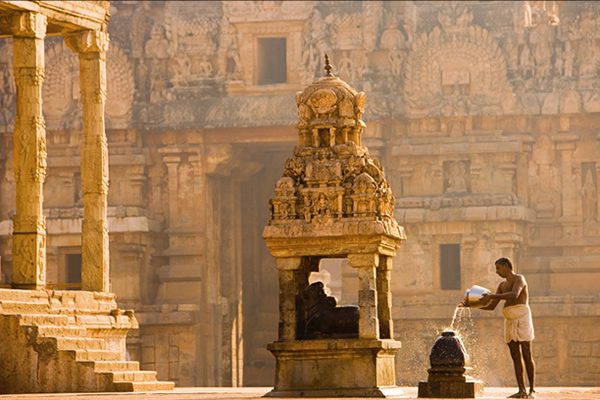
9) Locations and weather conditions seem to be a crucial aspect to a successful picture. How do you handle these unpredictable factors?
Every time a location shoot is planned, the weather conditions are checked ahead of the date of the shoot for that location. These days, with Internet, one can check this instantly. I always take powerful battery pack flash units and accessories. If direct sunlight does not happen, in most situations, I create sunlight effect and complete the shots successfully. When the subject is extremely large, such as a Palace, several movie lights are hired and the subject is lit at dusk or dawn for really dramatic effects. Only if it rains suddenly (which was never predicted), things tend to get delayed. We just have to wait.
From Abbas and Melisa’s Interview

10) Colour vs. Black and White. Why one over the other, and is the photographic process different?
Abbas: When I am photographing, I am in a state of grace and I see in B/W. Besides, B/W helps me transcend reality instead of being its prisoner.
Melisa: Colour helps me paint a fantastic, alternative reality.
Like the article? Be sure to subscribe to our RSS feed, follow us on Twitter and Facebook to stay up on recent content.

